There was a time when photography was considered a medium for pleasing subjects. It was between the Victorian penchant for headless, spirit and post-mortem photography – which, to be fair, they did attempt to photograph in a pleasant, staged way – and the revolutionary artistic spirit of the 1960s. In the mid to late 60s, photographers like Diane Arbus became known as a generation of new documentary photographers, artists who took an unflinching look at the most culturally appalling things in our world. Arbus was a huge influence on the work of Jeffrey Silverthorne, who shared her fascination with people and subjects that society tries to ignore or gloss over. Arbus was famous for her portraits of people who didn’t fit the mould – dwarfs, giants, circus performers, transgender people – but there was one place she refused to go in her explorations: the morgue. This inspired Silverthorne to take his camera into this terrifying space and capture the stark reality of death. Between 1972 and 1991, Silverthorne entered the hallowed halls of the Rhode Island morgue, where he captured portraits of some of its temporary inhabitants. These photos aren’t like looking at some squelching CSI victim; instead they capture the humanity of the corpse, creating a juxtaposition for the ugly autopsy wounds. It’s easy to create a repulsive picture of a dead body – the art lies in capturing the life that once lived in them. Check out Silverthorne’s series Morgue Works below.
- Home Death, 1973
- Summer Death, 1986
- Heart Attack, 1986
- Woman who died in her sleep, 1972
- Young woman, 1972-1974
- Lovers, accidental carbon monoxide poisoning, 1973
- Torso, Murdered man, 1972-1974
- Boy hit by a car, 1972-1974
- Crib Death, 1972-1974
- Elvis, 1986
- Beating Victim, 1972



































































































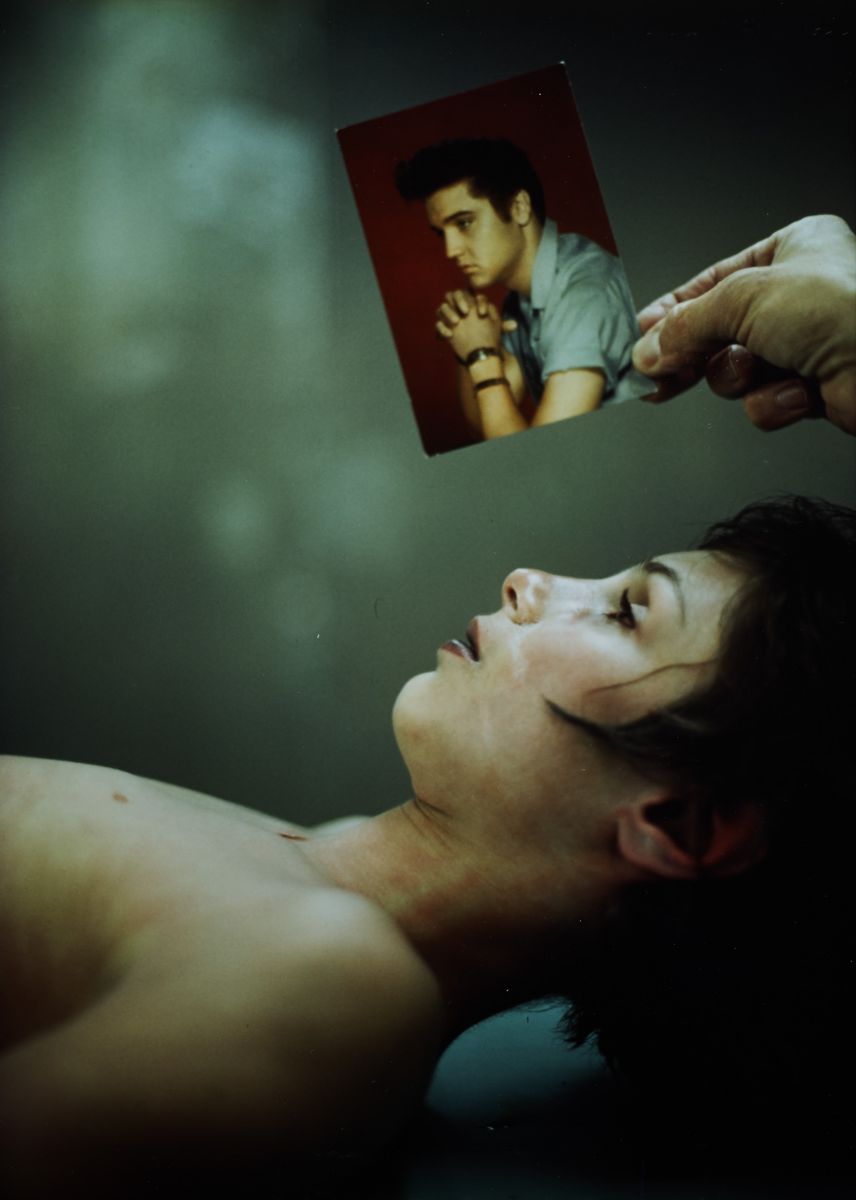
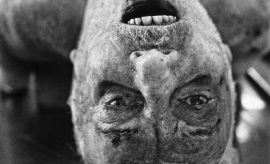
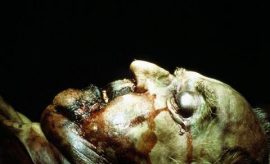
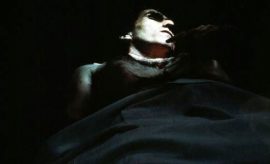
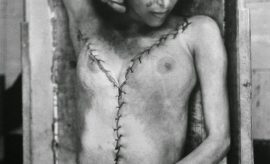

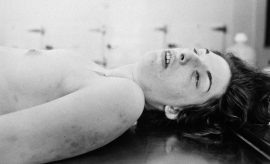
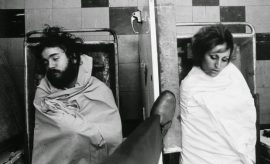
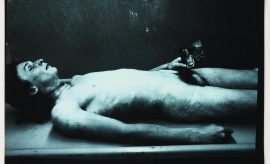
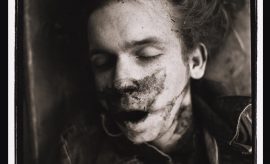
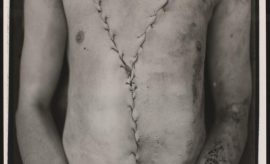
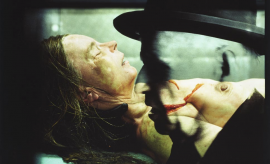
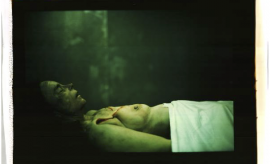
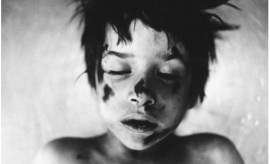
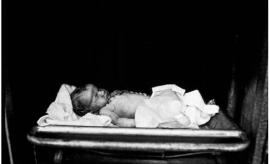
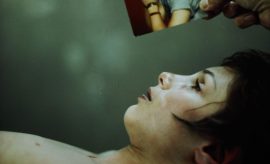
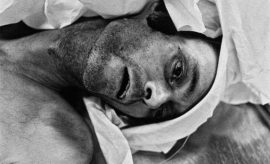
Raees Salie
April 21, 2016 at 5:40 am
Actually safe for me to veiw this at work. Interesting post